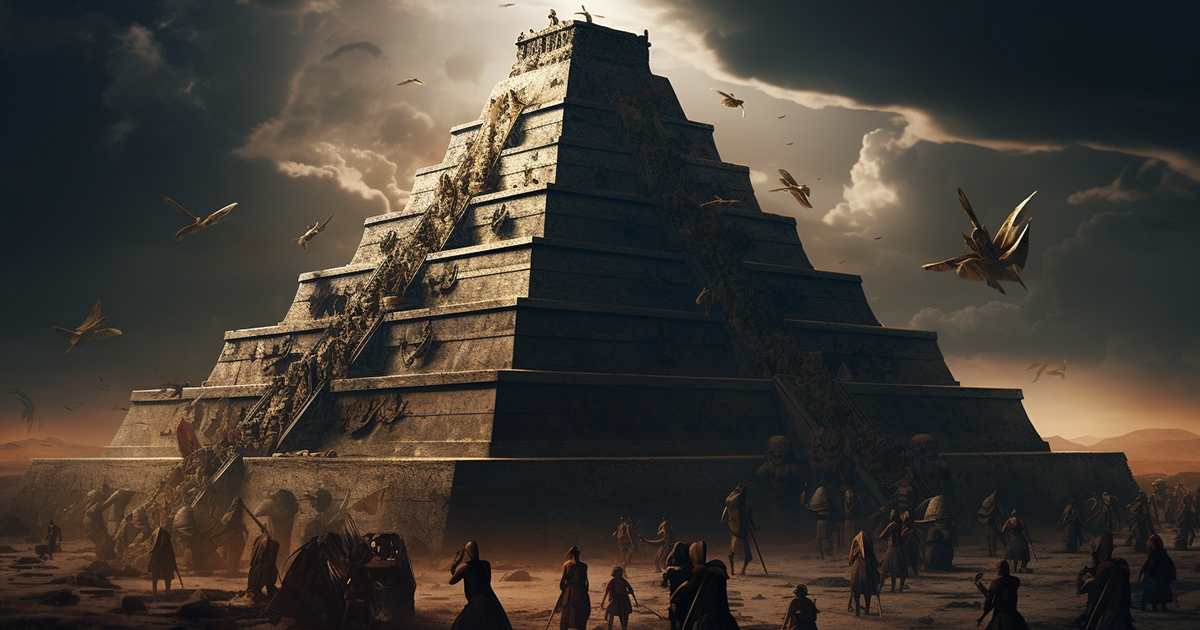Throughout history, few civilizations have had such a profound impact as the Aztecs. Known for their vibrant culture, impressive structures, and intricate belief systems, the Aztecs have always intrigued the world. While their accomplishments are well-documented, one particular event from their past shines brightly – a grand ceremony during the unveiling of the majestic pyramid of Tenochtitlán in 1487.
Instead of simply discussing the typical aspects of pyramids, let’s dive into the less-explored realms of Aztec history to truly grasp the context of this exceptional occasion. Flourishing in what is present-day Mexico, the Aztecs were a Mesoamerican civilization that built their society upon elaborate religious beliefs and customs that profoundly influenced their way of life.
At the core of their belief system lay the firm conviction that their gods required appeasement for the perpetuation of their civilization. To achieve this, they orchestrated elaborate ceremonies, with the grand opening of the great pyramid of Tenochtitlán standing out as a pinnacle of their religious observances.

During this remarkable event, a vast number of individuals, reportedly 84,000, participated in the rituals. It’s crucial to understand that the term “sacrifice” doesn’t fully encapsulate the diverse nature of these practices. While some were indeed sacrificed as offerings to the gods, many others willingly engaged in various roles.
The participants included priests, warriors, and members from various strata of Aztec society, each playing distinct roles from performing dances and music to aiding in the ceremonial preparations. This intricate ceremony wasn’t solely about pleasing the gods but also about reinforcing the social hierarchy and solidarity within the Aztec community.
One of the most remarkable elements of the ceremony was the extensive use of symbolism. The pyramid, known as the Templo Mayor, was viewed as a sacred intersection where the divine and mortal realms converged. The rites conducted there were believed to preserve the cosmic order and secure the prosperity of the Aztec people. Symbolic acts and offerings were pivotal in establishing communication with the gods.
The grand ceremony at the great pyramid of Tenochtitlán stands as a testimony to the profound depth of Aztec culture and spirituality. It showcases the lengths they would go to sustain their way of life and their unwavering devotion to their deities. While the numbers may appear staggering, it’s crucial to interpret this event within the cultural framework of that era rather than through modern perspectives.
To sum up, the grand inauguration of the great pyramid of Tenochtitlán in 1487 provides a captivating insight into the Aztec world. It was a multidimensional event that intertwined religious fervor, societal structure, and a profound connection to their faith. By delving into these facets, we can develop a deeper admiration for the rich tapestry of Aztec civilization and the enduring impact it has left on history.
